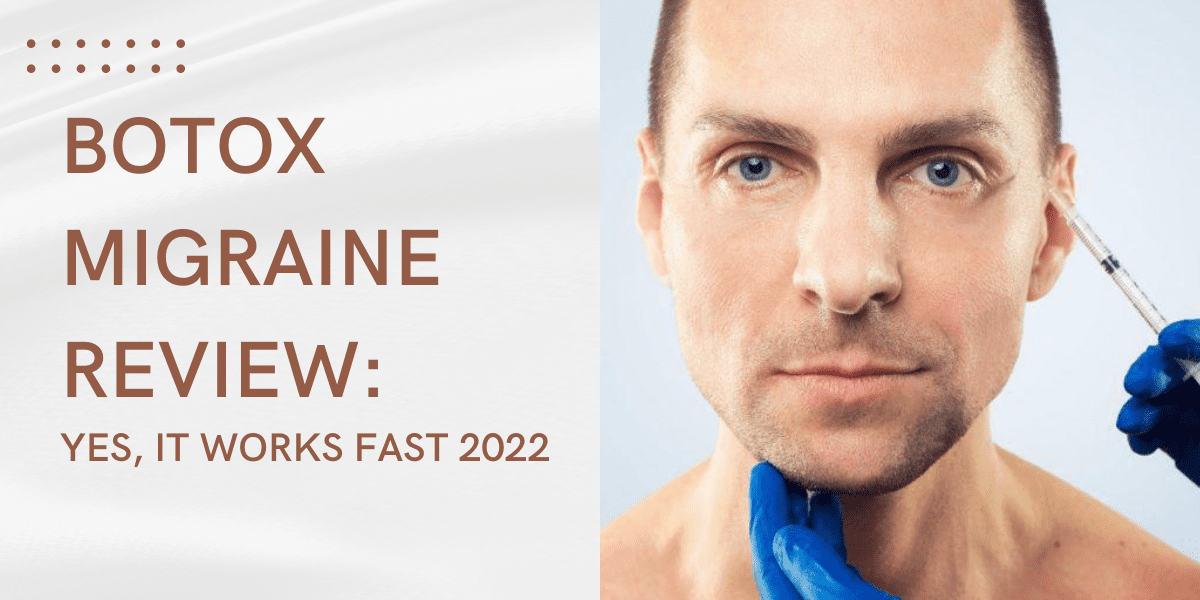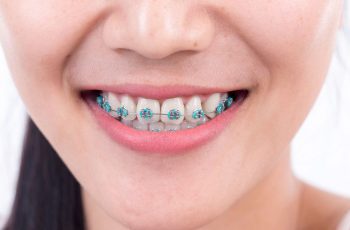Migraines are no joke. If you suffer from migraines, you know how debilitating they can be. You miss work, you miss social events, and sometimes you just want to curl up in a dark room and hope the pain goes away. That’s why you may be considering Botox as a treatment option. Here’s what you need to know about using Botox for migraines.
What Is Botox?
Botox is a protein that is derived from the bacterium Clostridium botulinum. When this protein is injected into the muscles, it causes temporary paralysis. This paralysis can last for up to three months, and it is this property of botox that makes it an effective treatment for migraines. The theory behind why botox works for migraines is that it prevents the release of neurotransmitters that are involved in the pain pathway. By injecting botox into the muscles around the head and neck, Migraine headaches can be reduced or even eliminated altogether.
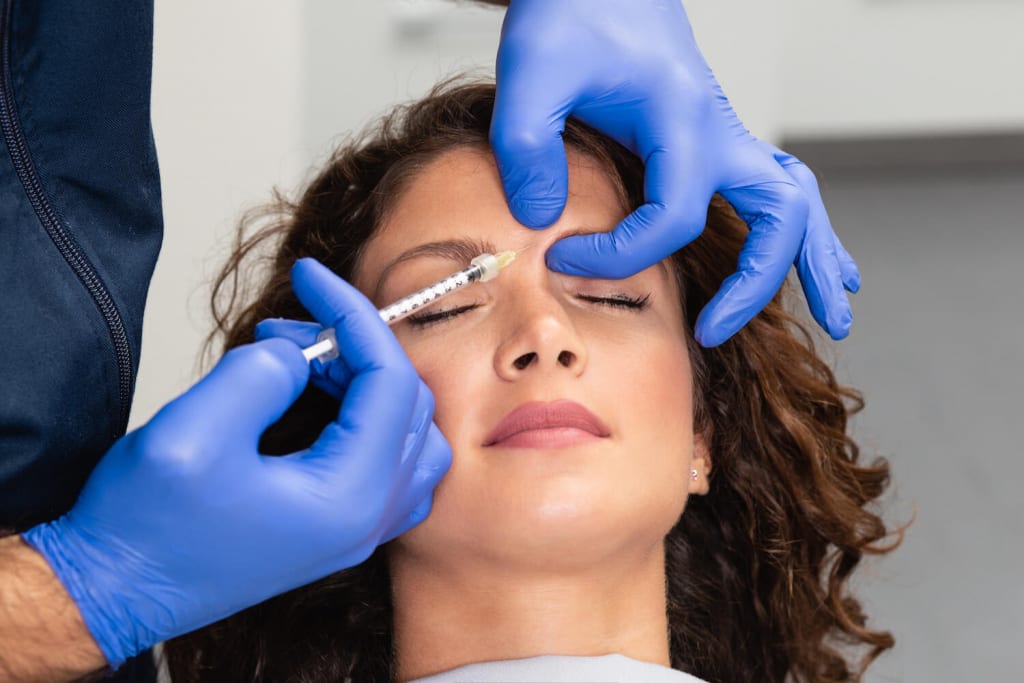
How Does Botox Work for Migraines?
There are a variety of treatments available for migraines, but one that is often overlooked is Botox. Botox is most commonly associated with cosmetic uses, such as smoothing out wrinkles. However, it can also be used to treat migraines.
Botox is a neurotoxin that is produced by the bacterium Clostridium botulinum. When injected in small amounts into muscles, it can temporarily paralyze them. This temporary paralysis is what makes Botox effective in treating migraines.
There are two main theories as to how Botox prevents migraines. The first theory is that Botox blocks pain signals from the nerves to the muscles. The second theory is that Botox prevents the release of chemicals that are involved in the inflammation process. Whatever the mechanism may be, there is evidence to show that Botox can be an effective treatment for migraines.

A study published in the journal Neurology found that patients who received botulinum toxin injections had fewer migraine days than those who did not receive the injections. The study’s lead author said that “Botulinum toxin type A appears to be a promising treatment for chronic migraine.”
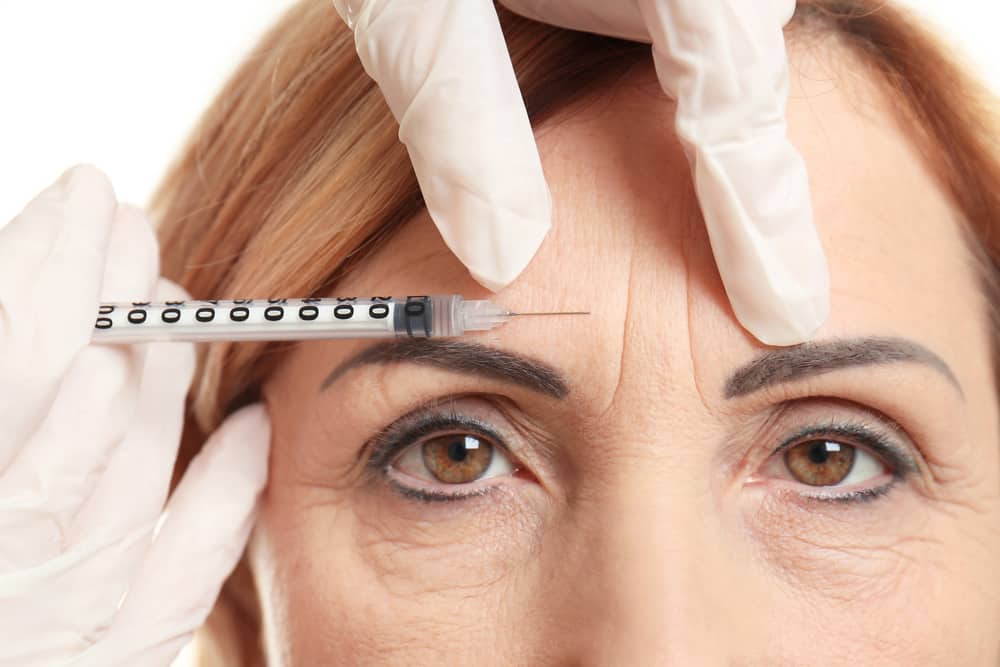
Another study published in the same journal found that patients who received botulinum toxin injections had a significant reduction in their migraine severity compared to those who did not receive the injections.

How Is Botox Used To Treat Migraines?
The administration of botox for migraines is a simple outpatient procedure that takes less than 30 minutes to complete. First, the area to be injected will be cleansed with an antiseptic solution. Next, a very fine needle will be used to inject the botulinum toxin into the muscles around the head and neck. There is no need for anesthesia as the injections are relatively painless. After the injections are completed, you will be able to return home and resume your normal activities immediately.

The effects of botox usually take place within two weeks of treatment, and the full effects can be seen after four weeks. Most people find that their migraine headaches are significantly reduced after just one treatment with botox injections. However, it is important to keep in mind that botox is not a cure for migraines, and you may need to have periodic injections to maintain the desired effect.
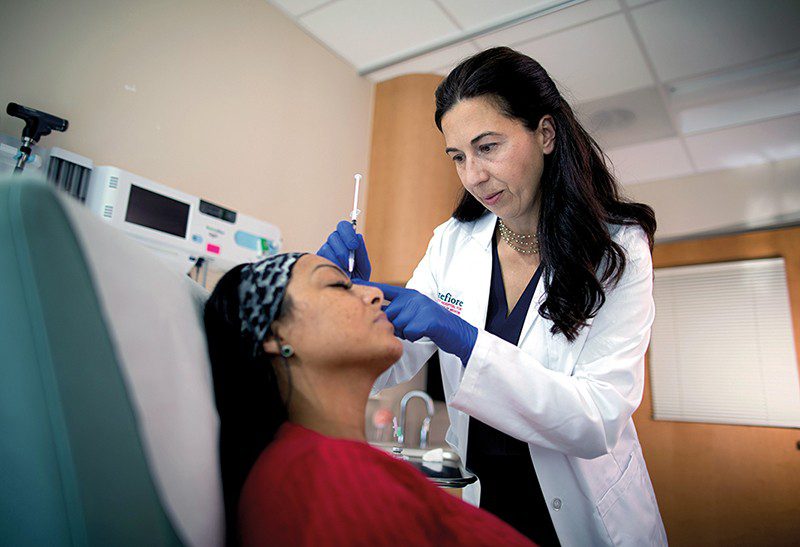
How Effective is Botox for Migraines?
The results of several studies suggest that Botox is an effective treatment for migraines. One study found that after receiving injections of Botox, people with chronic migraines experienced a 50% reduction in the number of days they had a migraine each month.
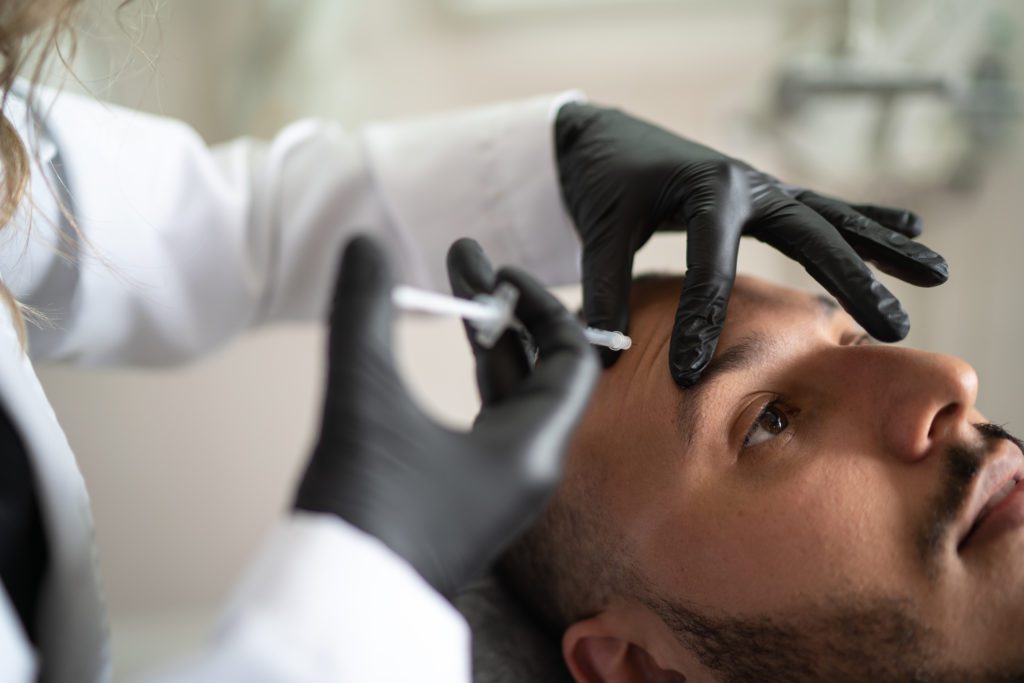
In another study, 74% of participants reported experiencing a significant reduction in migraine frequency and intensity after receiving Botox injections.

How Much Does Botox For Persistent Migraines Cost?
On average, each Botox treatment for migraines costs between $375 and $525. The number of treatments needed varies from person to person, but most people require 2 to 4 treatments per year. So, annually, the cost of Botox for migraines can range from $750 to $2,100.

Many health insurance providers will cover the cost of Botox for migraines if it is deemed medically necessary. If your insurance does not cover the cost of treatment, there are some financing options available that can make Botox more affordable. Additionally, many doctors offer discounts for multiple treatments or for returning patients.
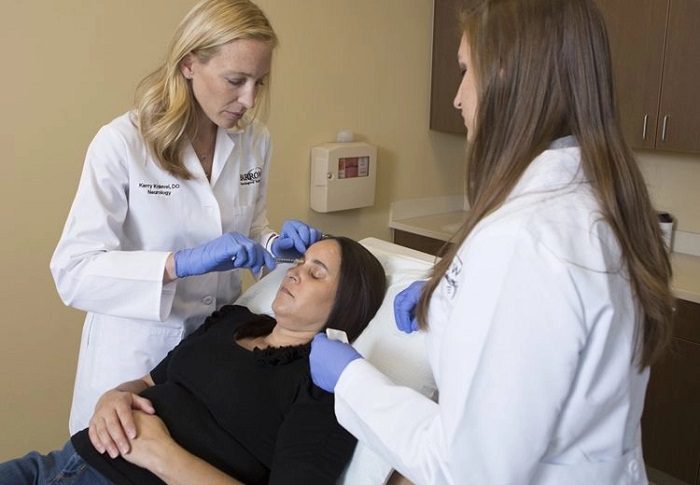
Final Thoughts
If you are suffering from chronic migraines, Botox may be a treatment option worth considering. Botox injections can help to reduce the number and severity of migraine headaches, and the effects can last for several months. While the cost of Botox is not covered by all insurance plans, there are options available to make treatment more affordable. Talk to your doctor to see if Botox for migraines is right for you.
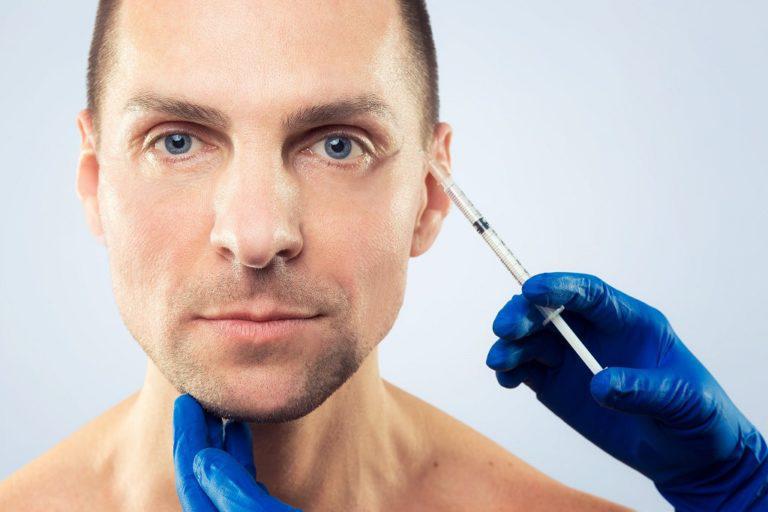
Frequently Asked Questions (FAQs)
How long do Botox injections last for migraines?
One study found that Botox was effective in reducing the frequency of migraines in adults by 50% or more. In some cases, the effects of Botox lasted for up to 7 months. However, the study also found that there was large variability in response to Botox injections, with some people seeing little to no improvement while others had complete resolution of their migraines. Another study looked at the use of Botox for chronic migraine prevention and found that it was most effective in people who had 15 or more headache days per month. This study found that people who received Botox injections every 12 weeks had fewer headaches than those who received placebo injections. The effects of Botox were seen as early as 2 weeks after the first injection and lasted for up to 24 weeks.
How many Botox treatments are needed for migraines?
To lessen or stop migraine headaches, you'll receive numerous doses of Botox around your head and neck once every 12 weeks. A total of 30 to 40 shots may be required, with an equal amount being administered to each side of your head. You might require more shots there if you just suffer migraine discomfort in that area.
What should I avoid after Botox for migraines?
Most individuals do not require painkillers following Botox injections because the treatment is quite painless. Ibuprofen and aspirin should not be taken after Botox if you need pain medicine for headaches or any other condition.
Will Botox for migraines help wrinkles?
The same injectables that dermatologists and cosmetic surgeons use to reduce face wrinkles are also used to treat migraines. Botulinum toxin injections into various locations around the head and neck are used by qualified medical experts to treat migraines.

